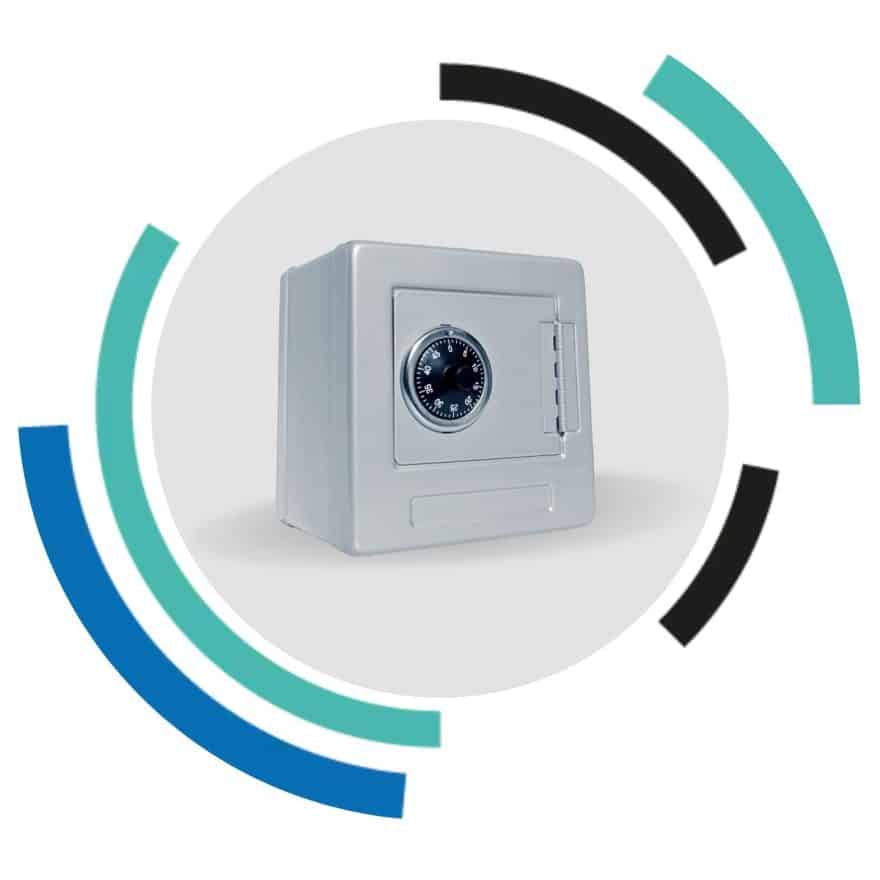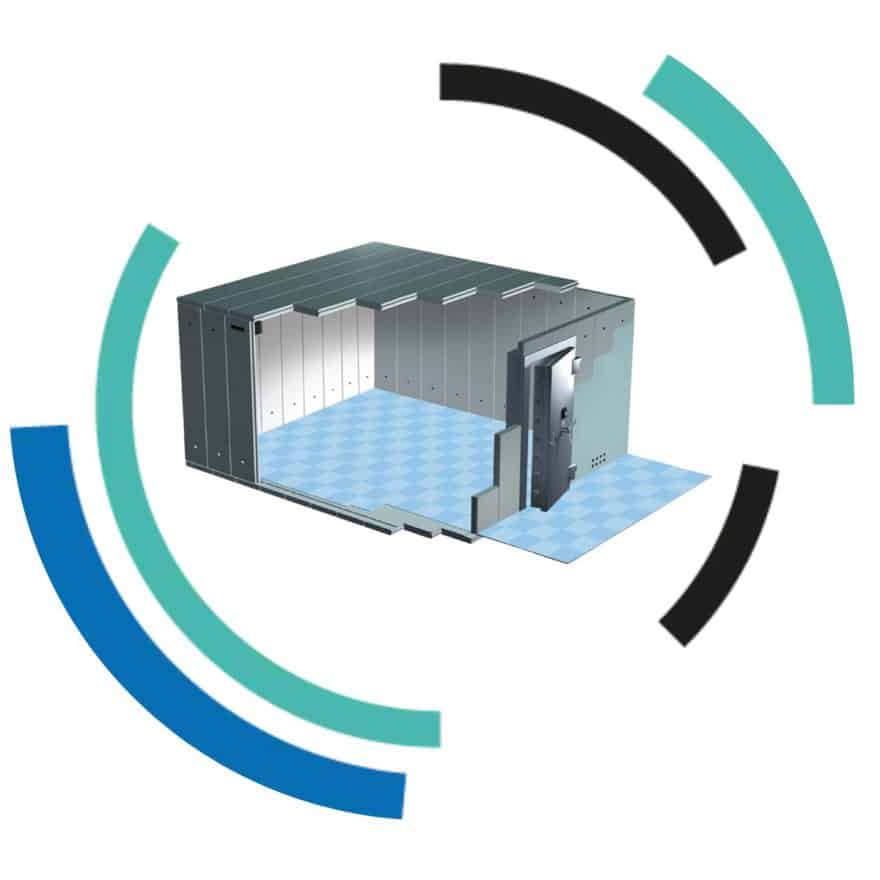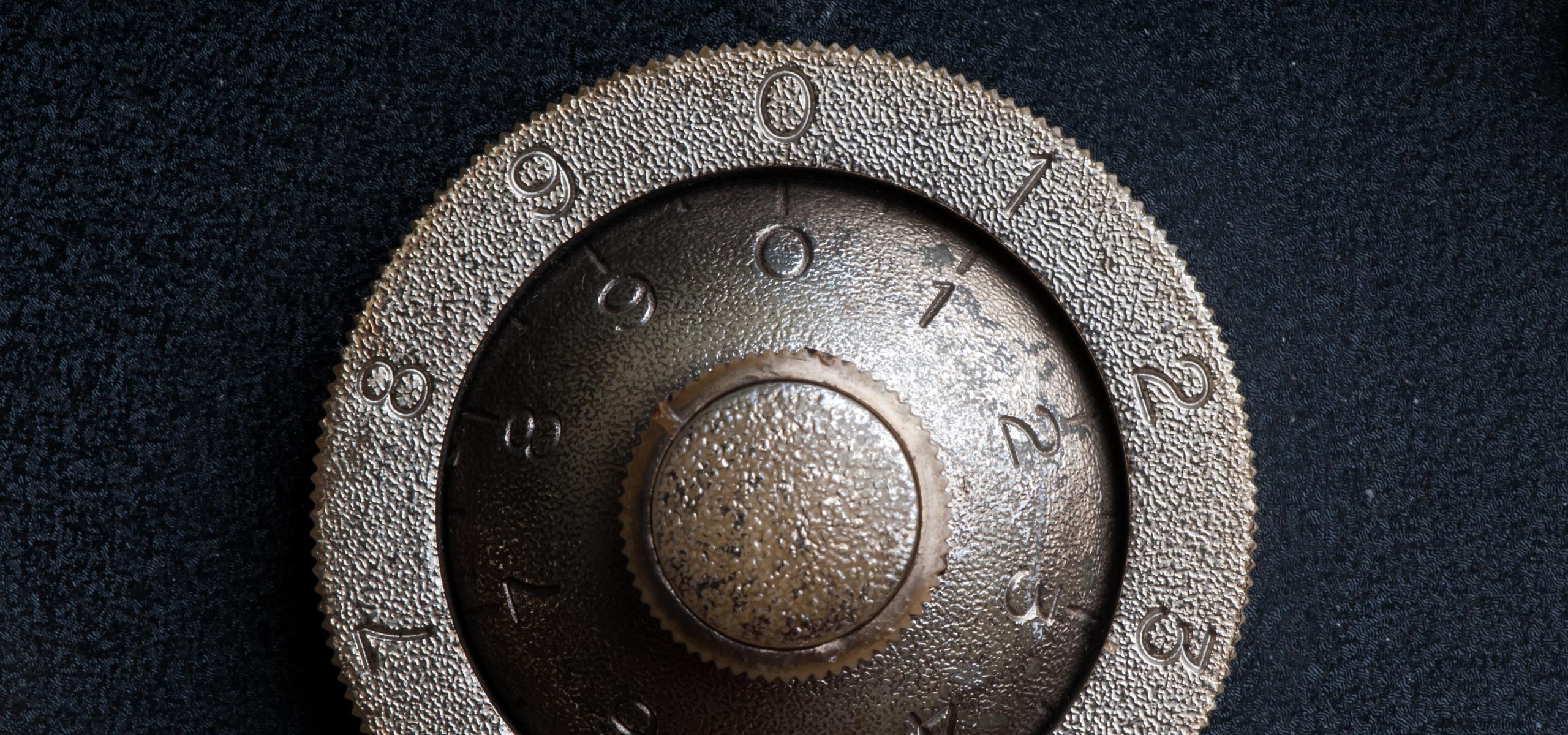Associated Security News
How Do Safes Work?
27th June 2022
Everyone knows what a safe is but do you know how they work?
To understand how safes work, we must know what they are. They are steel containers which are constructed in order to withstand burglaries, theft, heat and water damage; safes must be skilfully manufactured with the best quality material and by the hands of the most knowledgeable craftspeople.
Most safes contain three primary layers of protective metal:
- The outer mild steel skin
- A hard plate barrier material to protect the lock
- A mild steel layer to which the lock is affixed
Mild Steel Skin
Mild is the important word here. If harder and stronger materials were used to construct safes, they would crack under repeated shock force. The mildness of the steel used protects from shock force, therefore, protecting the valuables inside. Whilst the outer skin may deform it has a better chance of withstanding any intruder which may come in contact.
The lock
As we all know, a lock is a mechanism to open the safe. A lock can come in different forms, such as mechanical or electronic or even biometric, and they are always designed to provide a high level of security against manipulation.
The time lock is a clock-operated mechanism fitted to a safe or vault door with no outside connections; once the lock on the safe is activated and the door is shut, then there is no way to access the safe until the assigned time.
If the lock is mechanical, a physical key will be given out to access the safe. Highly skilled professionals usually cut these keys, meaning that its difficult to create replicas and stop intruders.
Now that we understand the components of a safe, we can now try and understand how they are manufactured.
How is a safe manufactured?
- 5cm thick sheets of steel are cut out to create the walls of safe
- A welder with a blowtorch then fuses the sheets of steel to create the body of the safe.
- A large industrial-sized magnet picks up the pieces which have been cut out and they’re labelled so the engineer knows what order to assemble them in
- Sheets are then soldered together with a composite of metal alloys.
- Flat bars of the sheet is cut to surround the plates.
- A mechanism called a turret fashions steel bars into the moving parts of the safe and also its hinges.
- The press then bends sheet metal to create parts of the mechanism.
- Steel bars go under the hydraulic press to ensure that they’re perfectly flat.
- Frame constructed in assembly jig and welder fuses the pieces.
- Angles are measured then a giant clamp is used to square off the safe.
- The backplate is installed, and the joints are welded.
- The safe is then stood upright, and the welded lines are smoothed.
- The finished safe receives coats of paint.
- Locks are installed, followed by a time lock if requested by a client.
If you’re still confused, Discovery Channel’s ‘How it’s Made‘, produced a very informative episode focusing on the manufacturing of a safe!
Here at Associated Security, we have a wide range of safes available to suit your needs. Our manufacturing plant is based in Telford, meaning we are proud to provide homegrown, British products. We’ve been manufacturing safes for many years now, producing the highest grade of products we can.
If you’d like further information on our products or services, give us a call or visit our website today!
📞-0161 832 2777
Get in Touch
Make an enquiry
PLEASE NOTE: Emails are monitored during normal office hours only. If you require urgent attendance of a locksmith or safe engineer please call our help desk on 0161 832 2777.



